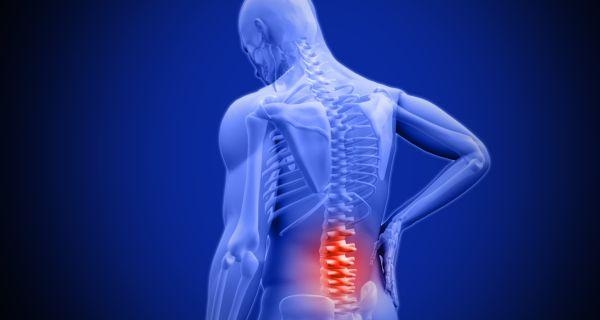
With age, the spine undergoes many changes. This often leads to a degeneration of the vertebrae (bones), discs, muscles and ligaments (connective tissues) that together make the spinal column. Further such changes may often lead to spinal stenosis. Get Lumbar Spinal Stenosis treatment in Gurgaon from PAL Physiotherapy under experienced and trained physiotherapists.
Symptoms
- Leg pain (sciatica)
- Leg pain with walking (claudication)
- Tingling, weakness or numbness that radiates from the lower back into the buttocks and legs.
Treatment and Diagnosis
Many therapeutic modalities are available which can be used in the management of spinal stenosis. It is always important to make treatment plans which are specific to an individual.
The role of exercises and physiotherapy is quoted to be the most valuable. Before undergoing different exercises which can help with spinal stenosis, one should know its importance:
- With the routine of exercise, the blood flow will increase, bringing back the needed oxygen and nutrients and washing away toxic metabolites.
- Exercise will strengthen the muscles around the spine, helping to take the pressure off of the bones and other static structures in the back.
- Exercise will help maintain a healthy weight because excess weight can worsen back and leg pain.
- Staying active promotes the emotional and mental health as well.
Treatment through Physiotherapy
The main purpose of the routine of physiotherapy is to decrease pain and return to normal activities gradually. Physiotherapy is the better treatment for spinal stenosis in Gurgaon from PAL Physiotherapy such as through exercise or heat. Physiotherapy helps in reducing pain in the soft tissues such as the muscles, ligaments, and tendons. Also, it improves the function and builds the muscle strength. A physiotherapist provides such treatments and will instruct for support and recovery.
Physiotherapy techniques may include:
Stretching
- The activity is performed in order to reduce the stress on joints.
- The stretches for the muscles of the low back holding the spine is done by a backward bending position (the low back extensors). This is typically held lightly for 30 seconds.
-
Education about ways that can help patients improve and maintain posture.
Therapies
- The massage therapy includes massage which helps to improve or keep the range of motion.
- Heat therapy is used to improve blood circulation to the muscles and other soft tissues.
- The use of ice therapy is done to provide the patient relief from pain.
An Aquatic Walking and Jogging Program
- These activities allow the body to exercise without pressure on the spine.
- It has a beneficial effect on muscle function tests, the BERG balance scale, and the fall efficacy scale.
- The ankle range of motion also gets increased.
- Cycling and limited walking can help to stimulate good physical conditioning
Corsets
- The use of corset s may help to maintain a posture in case of slight lumbar flexion.
- It is also worn in order to avoid atrophy of paraspinal muscles.
- But it should be worn for a limited number of hours per day.
- It also promotes back extension. Therefore using a lumbar corset is significantly better than no corset for pain and walking capacities.
- Lower limb strengthening activities can be performed which may help prevent falls
Flexion-based exercise programs
- Back flexion - The process is to lie on the back and gently pull the knees close to the chest until a comfortable stretch is felt. After 30 seconds, slowly one should return to the starting position. The main aim is to complete four to six repetitions of this flex.
- Another activity is to get down on the hands and knees, and then sit back on the heels. With the chest down and arms outstretched, return to the original position after 30 seconds slowly. Again, in this case, the aim is to complete four to six repetitions of this stretch. One should not bounce on heels.
- Lumbar flexion exercises are done in order to reduce the lumbar lordosis. This is the most comfortable position for the patient because the symptoms get reduce in combination with a decrease of the epidural pressure in the lumbar spinal canal.
- The posture of maintaining single and double leg knees to chest in the supine position is also a part of this activity. This position is required to be held for 30 seconds. In the single leg exercise, the patient should alternate the legs.
The exercise program should have a stepwise logistic regression for at least the first 6 weeks.
- Manual therapy
- Lumbar isometric and stretching exercises
- Static and dynamic postural exercises
- Individualized muscle strengthening
- Endurance exercises
- Stabilization of abdominal and back muscles to avoid excessive lumbar extension
- Postural and ergonomic advice
- Aerobic fitness
- Cycling exercises
- Home exercises
- Treadmill walking is the final step in this program.

